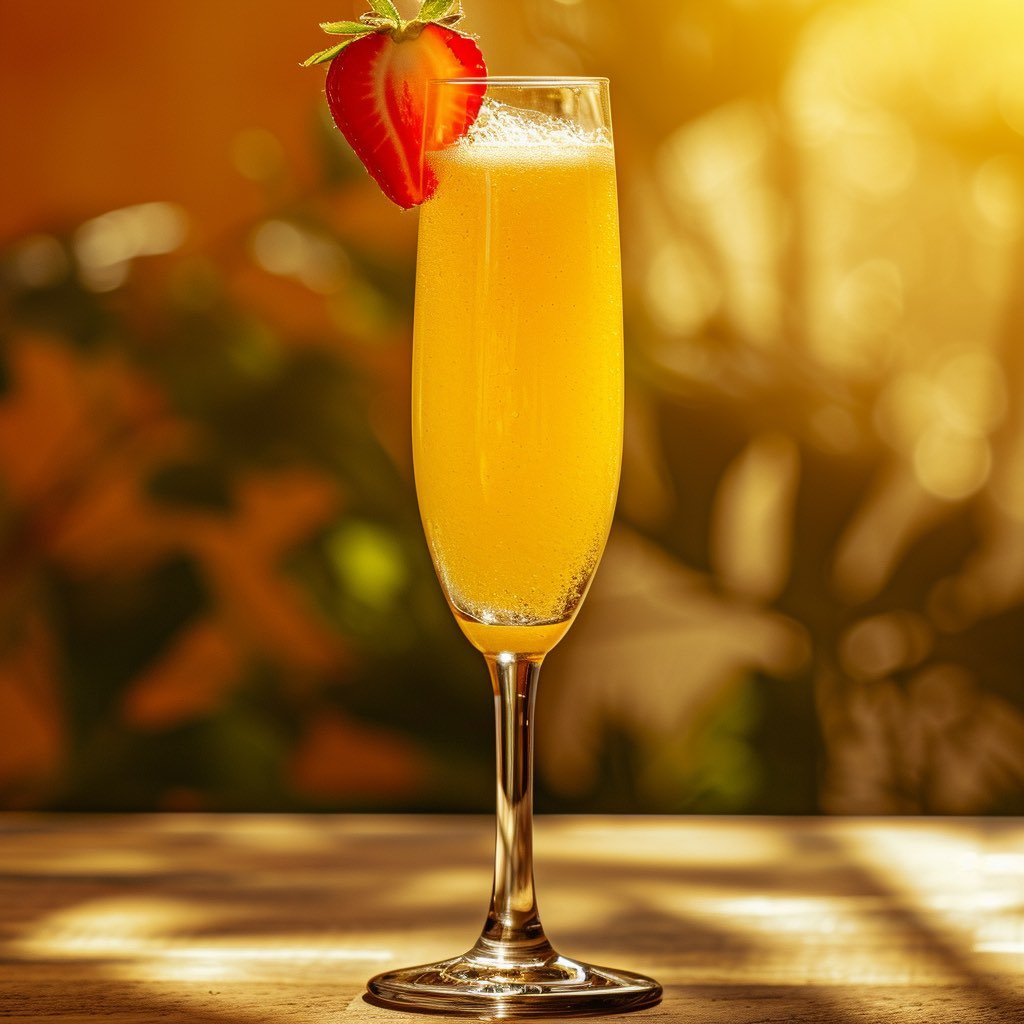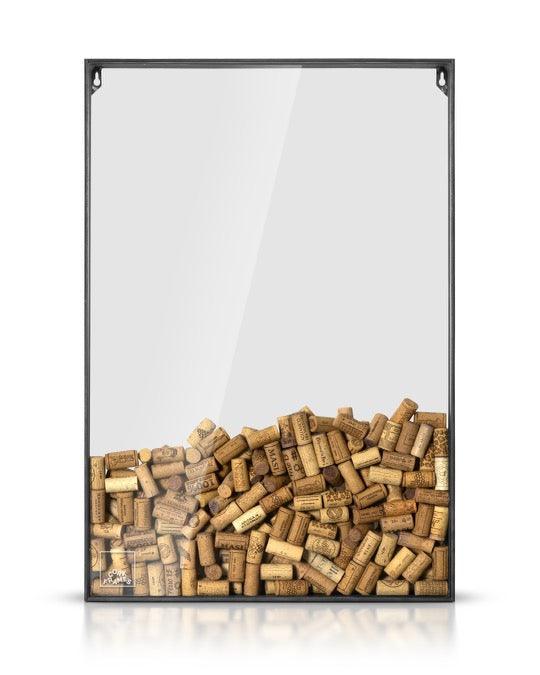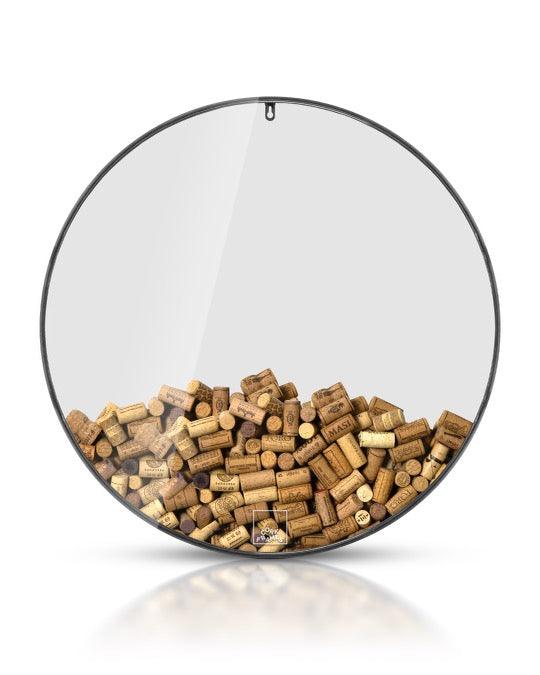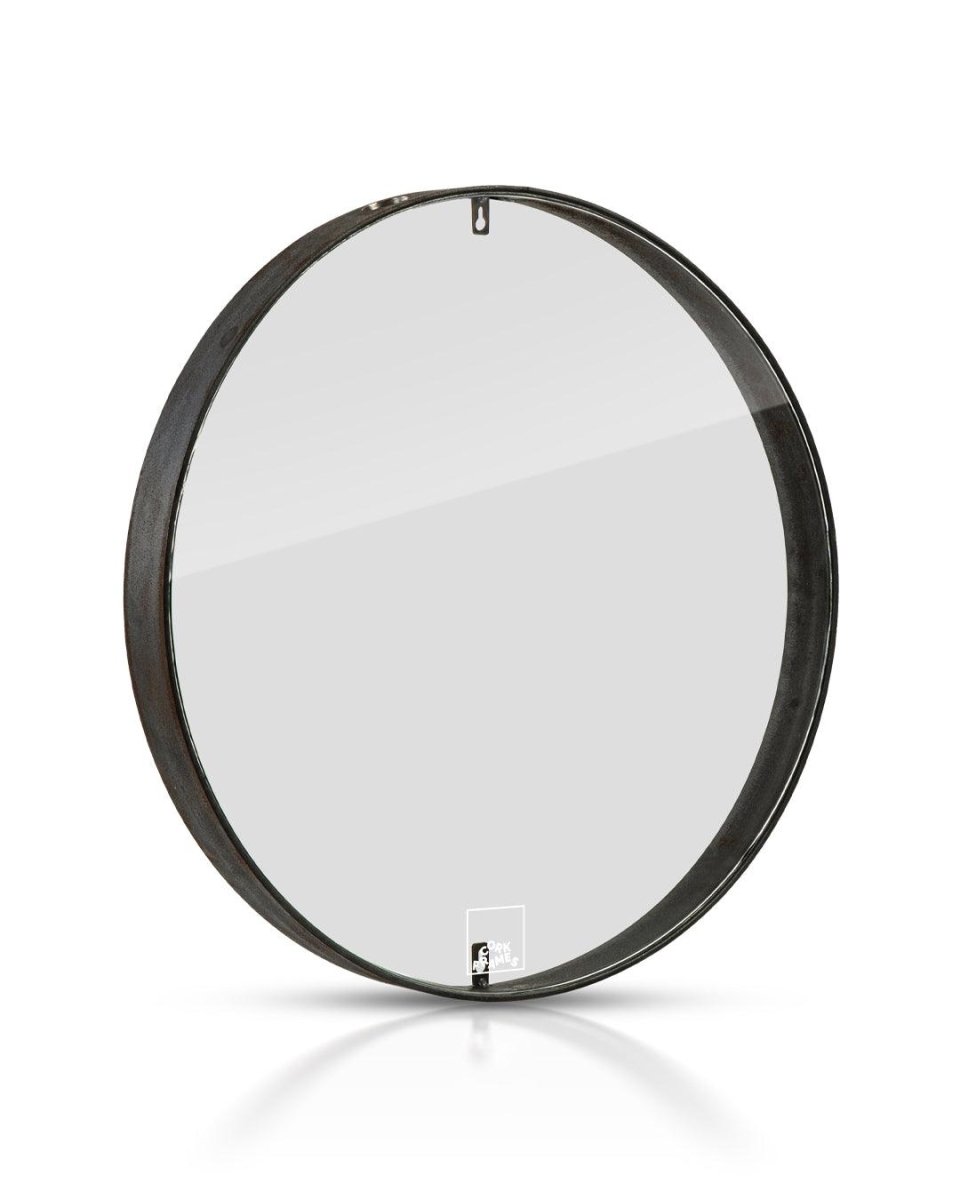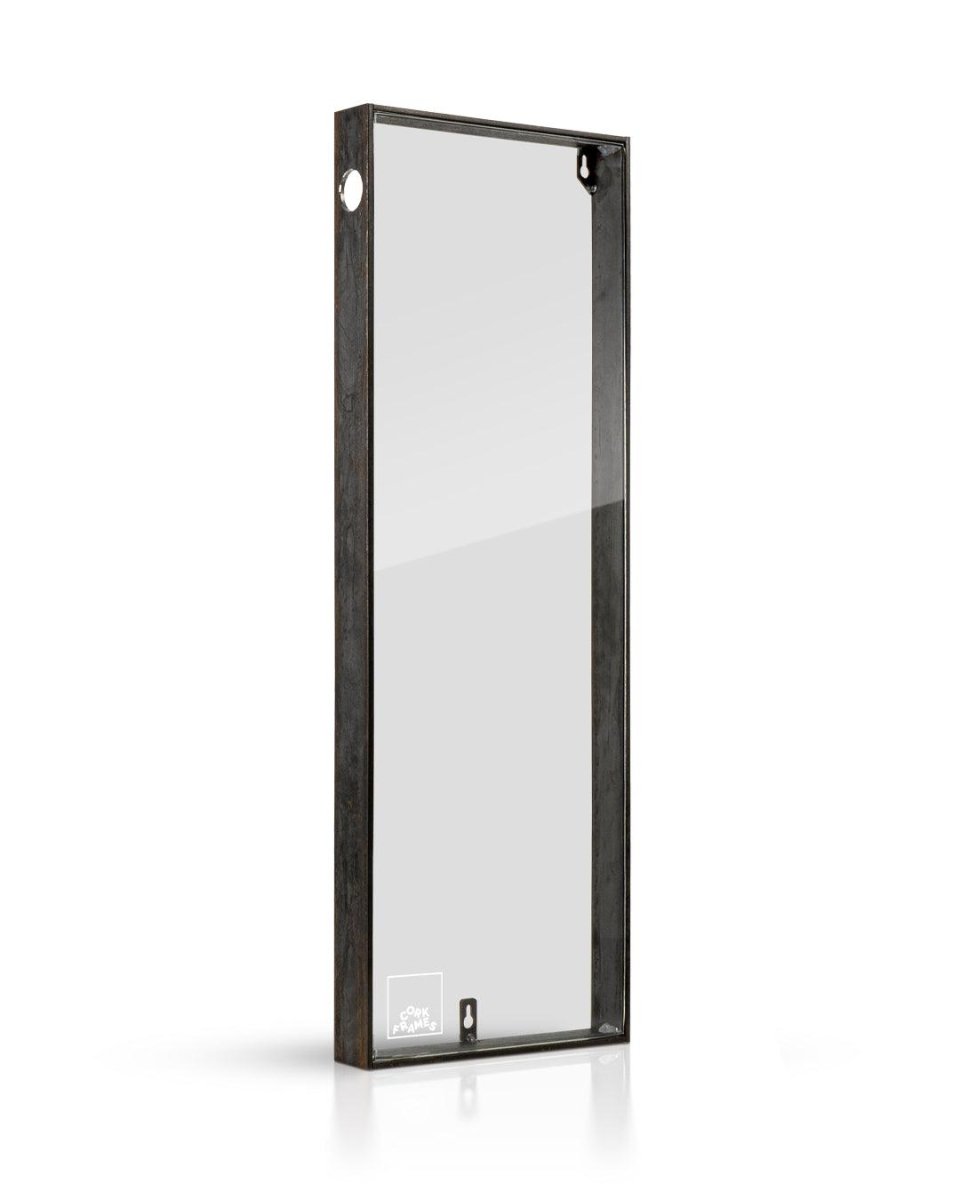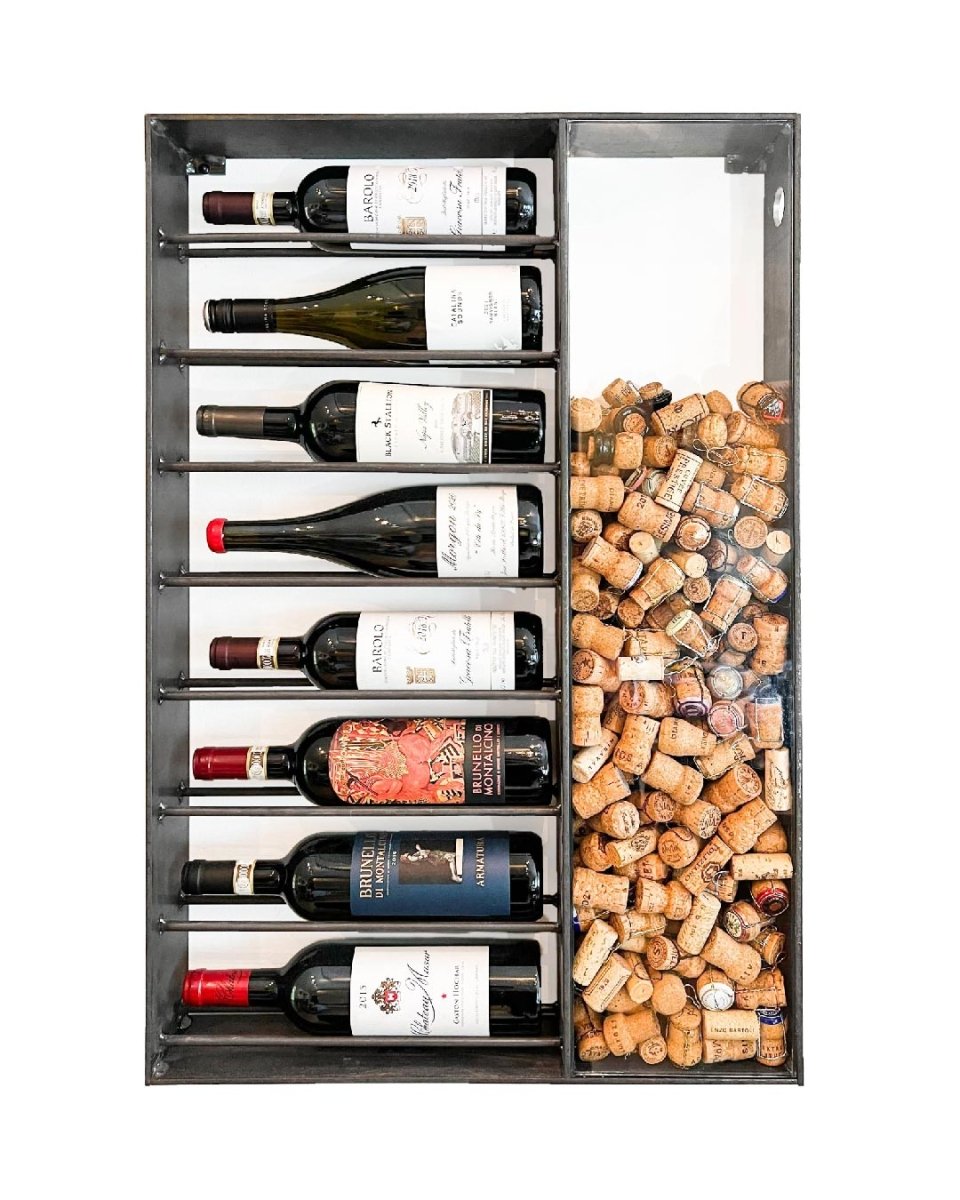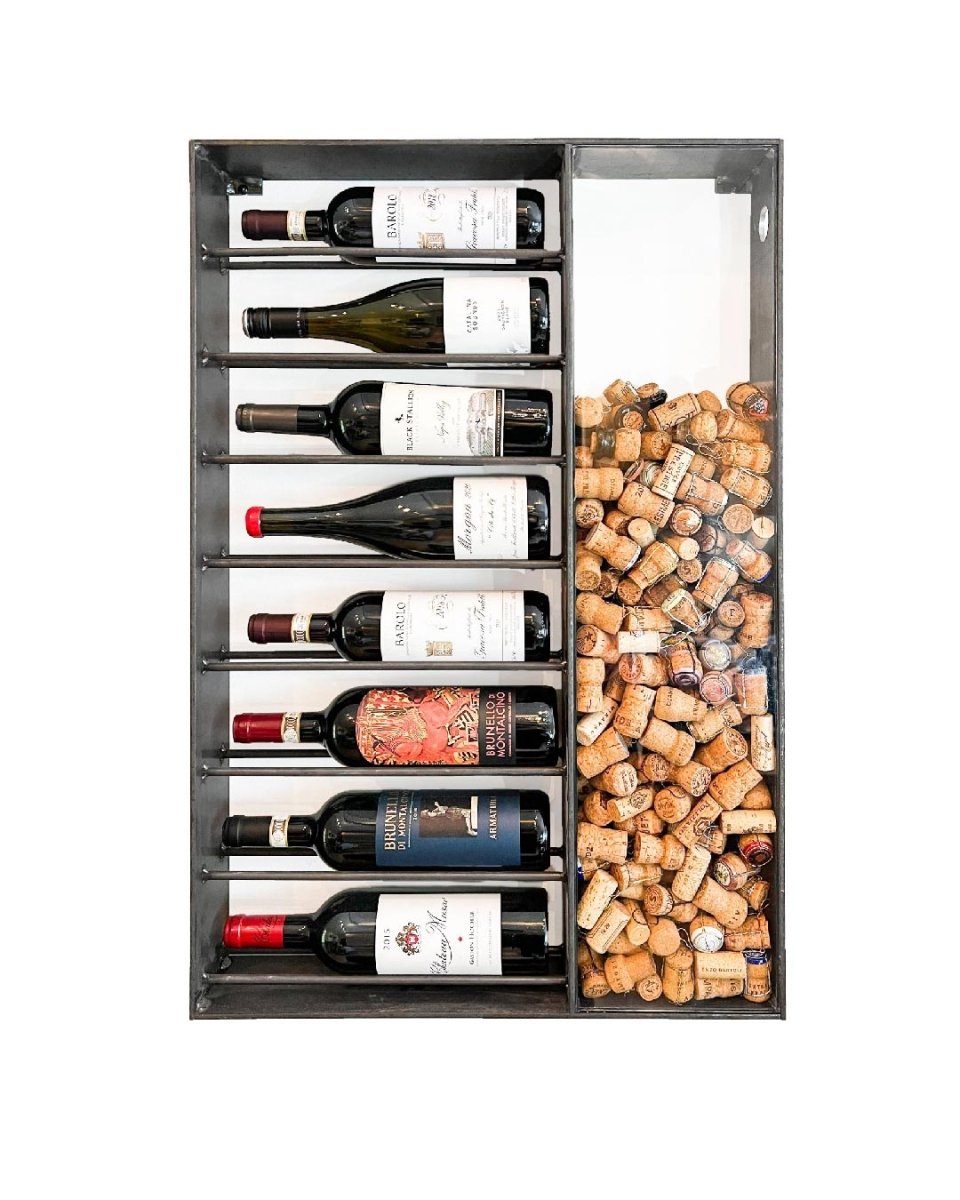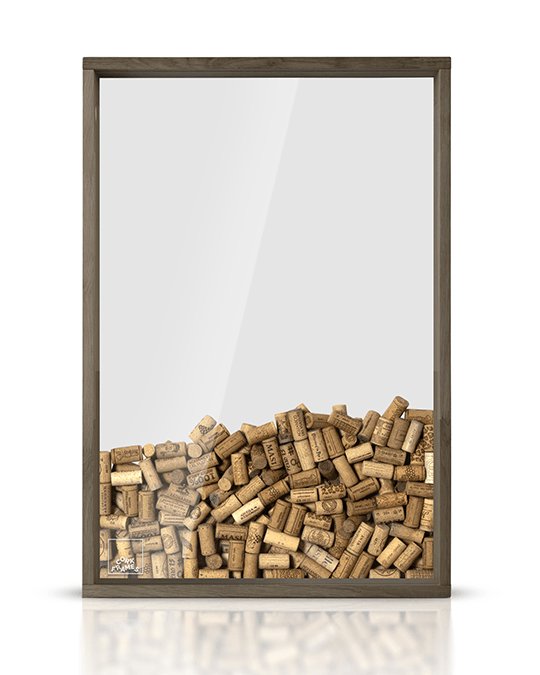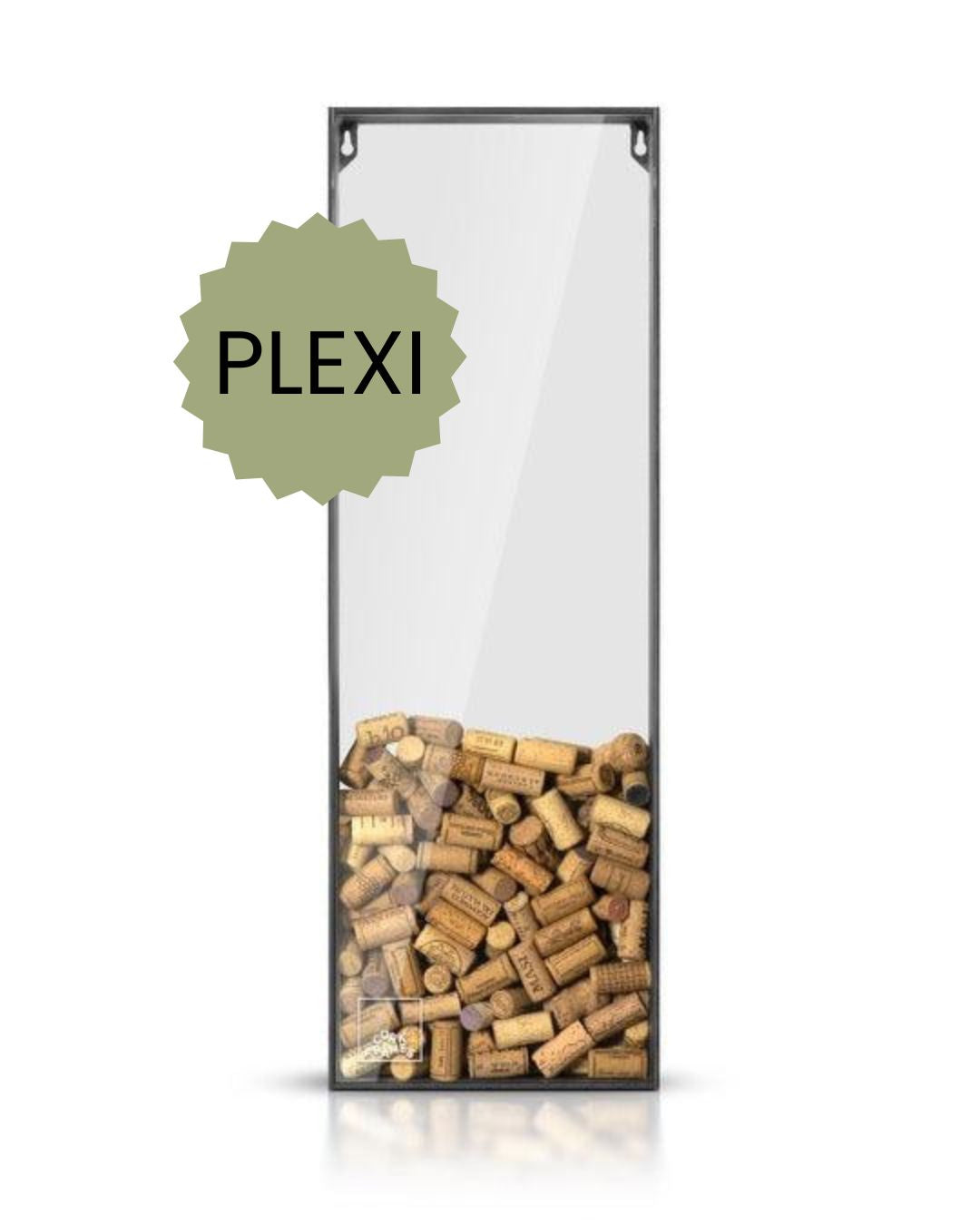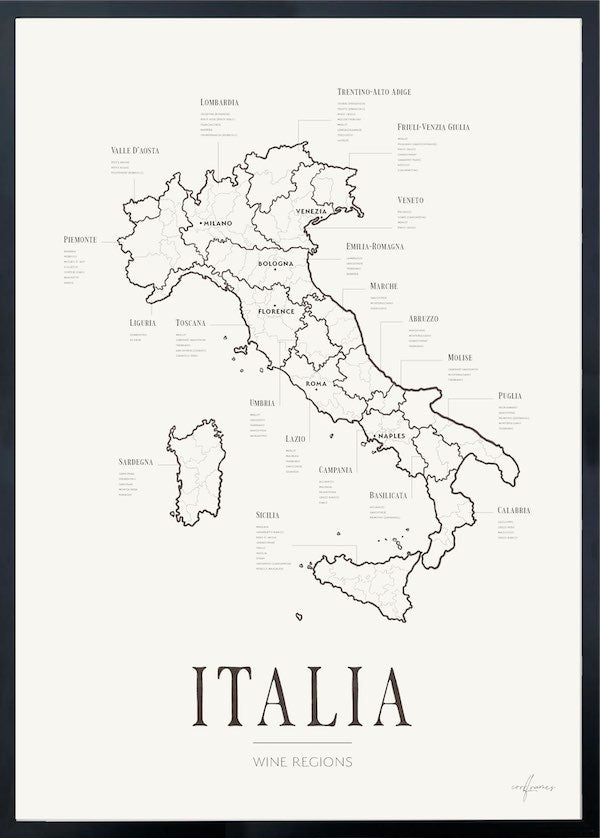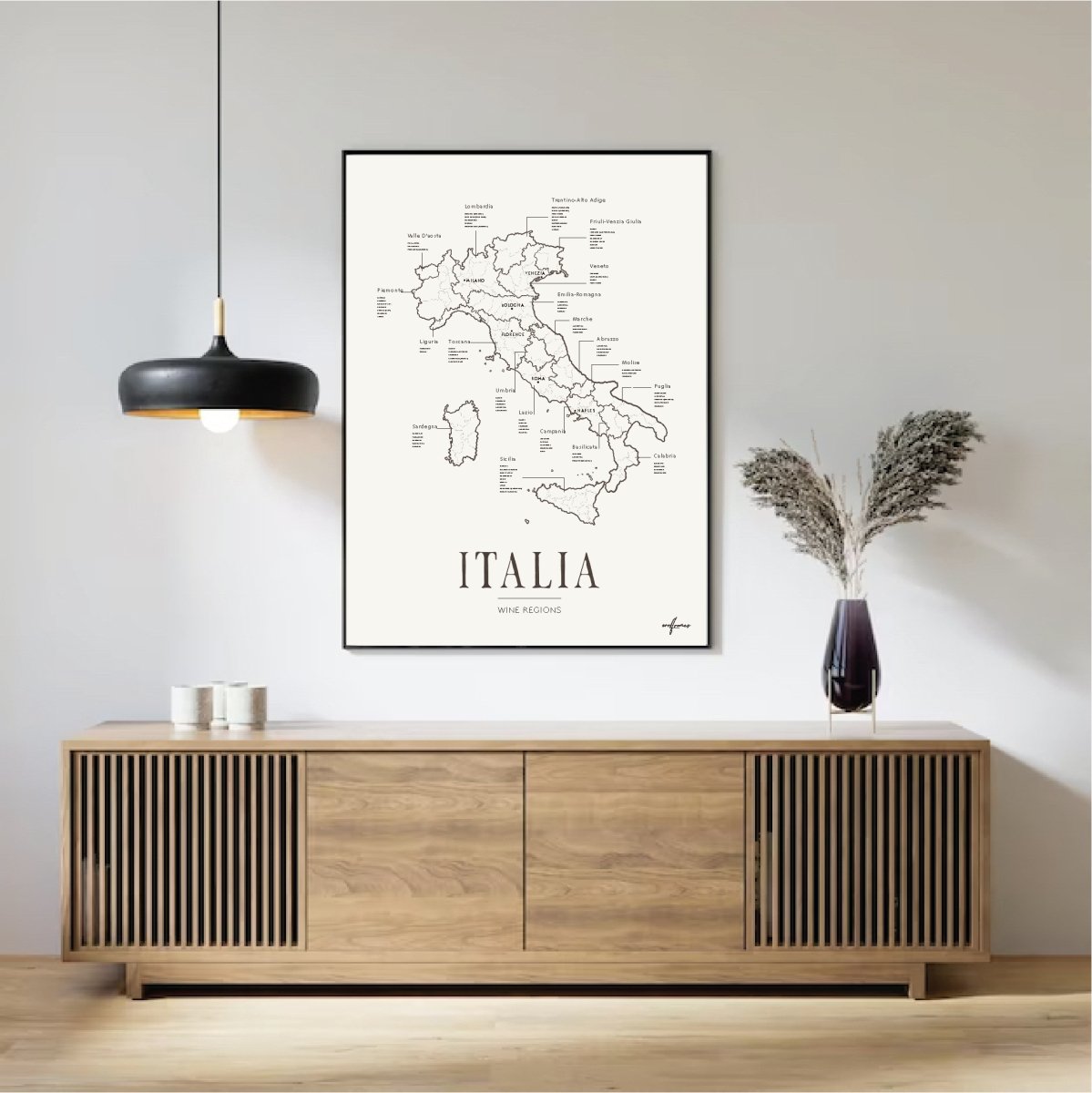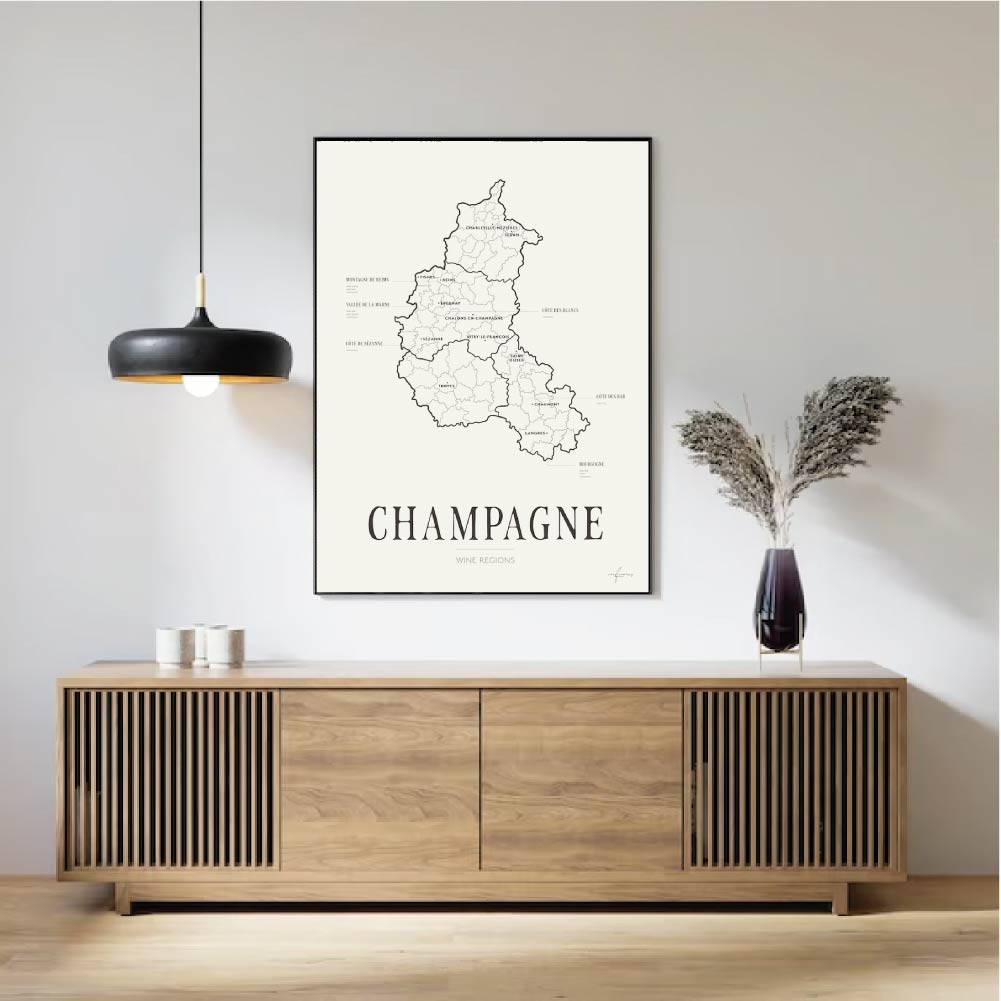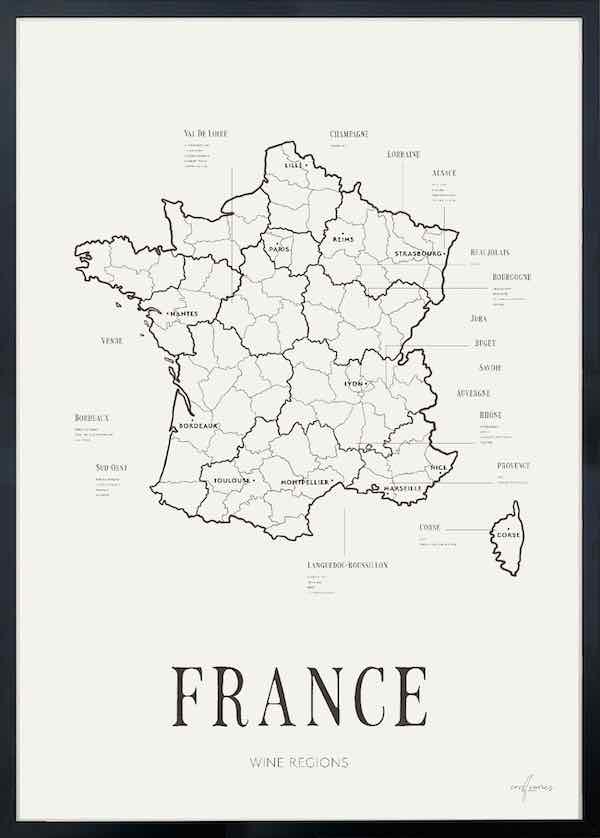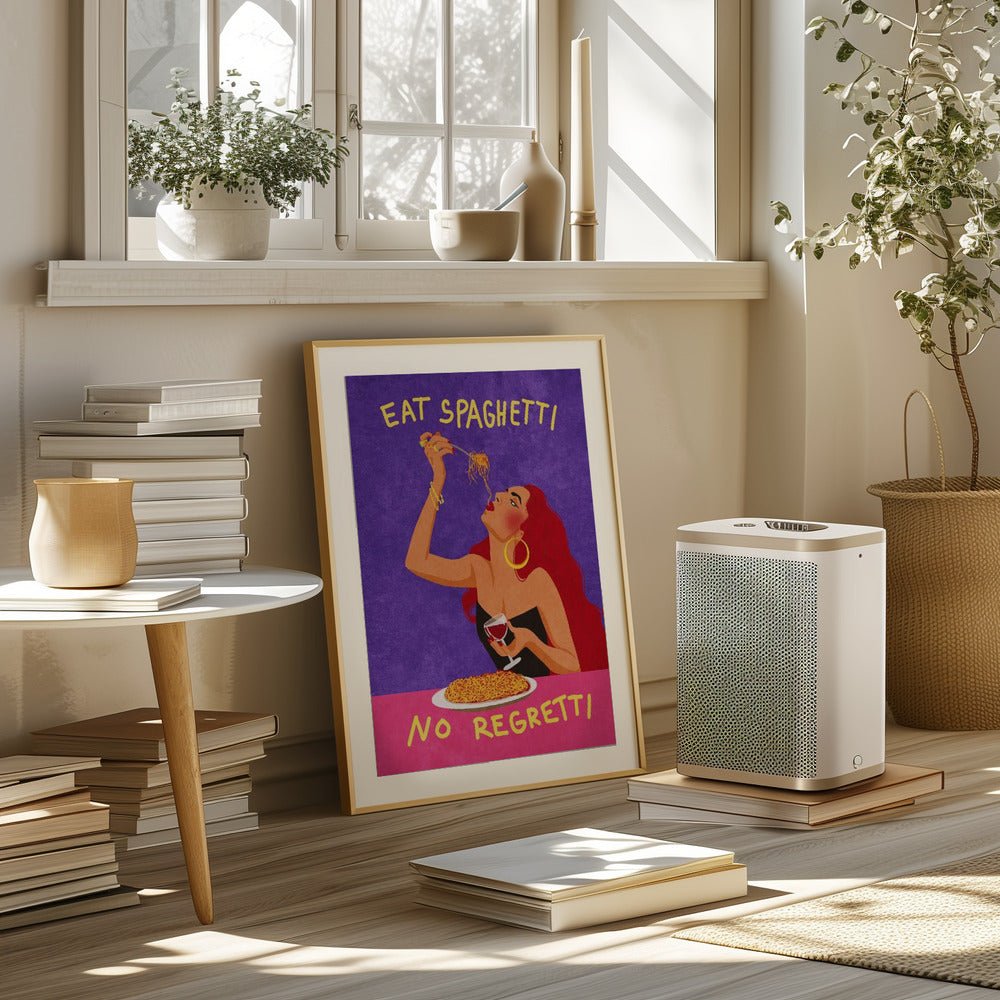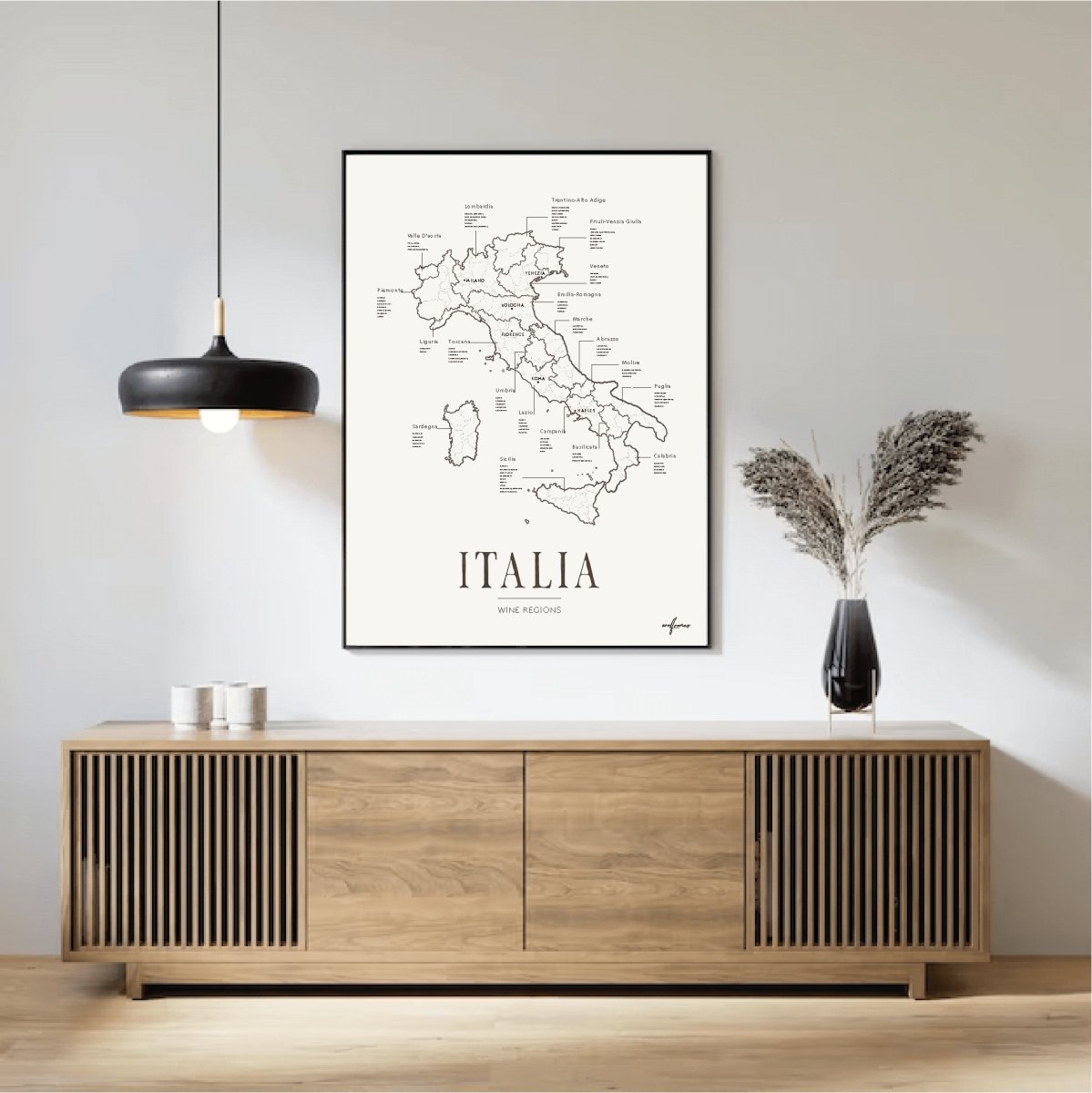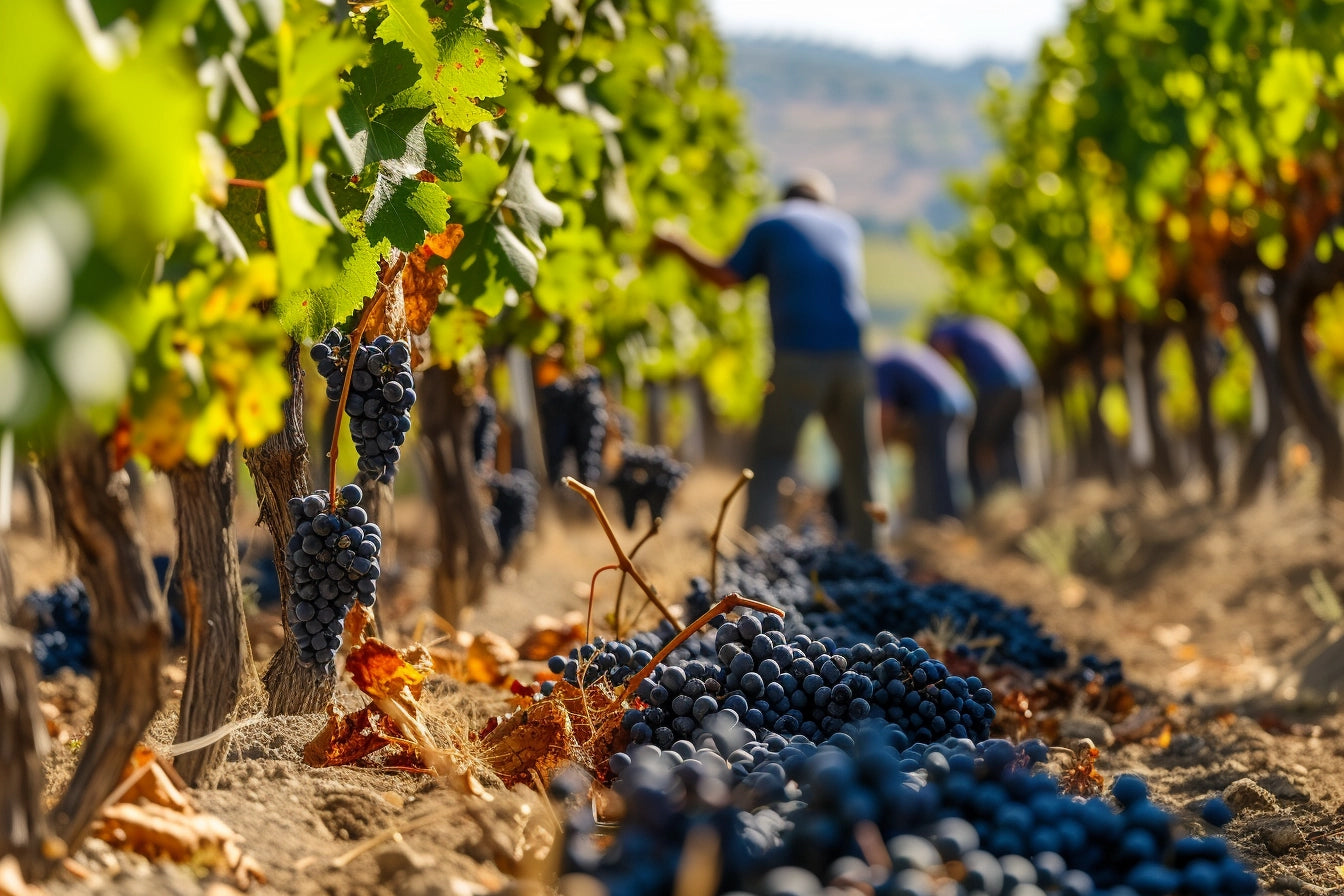Nebbiolo is one of Italy's most prestigious and historic grape varieties, primarily grown in the Piedmont region. Known for producing some of Italy's most celebrated wines.
Nebbiolo is a grape that demands attention and respect due to its complexity, aging potential, and unique characteristics.
Here's an closer look at Nebbiolo:
Origin and Name
- Origin: Nebbiolo is believed to have originated in the Piedmont region of northwest Italy, where it has been cultivated for centuries.
- Name: The name Nebbiolo is derived from the Italian word "nebbia," which means fog. This could be because the vineyards are often enveloped in a thick fog during harvest season or because of the grape's foggy, powdery appearance when ripe.
Key Regions
-
Piedmont: The heartland of Nebbiolo, where it produces some of the most famous and esteemed wines.
- Barolo: Often referred to as the "King of Wines and Wine of Kings," Barolo is a robust, full-bodied wine with high tannins and acidity, known for its complexity and longevity. It requires at least 38 months of aging before release, with at least 18 months in wood.
- Barbaresco: Known as the "Queen" to Barolo's "King," Barbaresco is slightly lighter and more approachable at a younger age but still shares the same rich, complex profile. It requires at least 24 months of aging, with at least 9 months in wood.
- Langhe: A broader designation within Piedmont that includes Barolo and Barbaresco but also allows for more flexibility in production. Nebbiolo wines labeled under the Langhe DOC are typically more accessible and earlier drinking.
- Roero: A neighboring region to Barolo and Barbaresco, producing Nebbiolo wines that are often lighter and more aromatic.
Characteristics
- Color: Nebbiolo wines are usually light to medium garnet in color, often appearing more translucent than other full-bodied red wines.
- Aroma: Nebbiolo is renowned for its complex and powerful bouquet, which can include aromas of roses, violets, tar, truffles, cherry, plum, and sometimes earthy or smoky notes.
- Flavor: The palate often mirrors the nose with additional notes of leather, tobacco, and sometimes dried herbs. Nebbiolo wines are typically high in tannins and acidity, contributing to their excellent aging potential.
- Structure: Known for its strong tannic structure and high acidity, Nebbiolo can be austere in its youth but mellows and becomes more harmonious with age.
Growing Conditions
- Climate: Nebbiolo requires a long growing season and thrives in the cool, foggy conditions found in Piedmont. It is sensitive to terroir and reflects the nuances of the specific vineyard site.
- Soil: It prefers calcareous marl soils but can also be found in sandy or clay soils. The specific soil type can significantly influence the flavor profile and structure of the wine.
Winemaking
- Vinification: Nebbiolo is typically fermented at cooler temperatures to preserve its delicate aromas. Extended maceration on the skins is common to extract color and tannins.
- Aging: Traditional aging in large oak casks (botti) is common, though modern producers may use smaller French oak barrels (barriques) to impart different characteristics. Long aging periods are typical to allow the tannins to soften and the complex flavors to develop.
Food Pairing
- Pairings: Nebbiolo's high acidity and tannins make it an excellent match for rich, hearty dishes. Classic pairings include truffle dishes, braised meats, game, and aged cheeses. Mushroom risotto, pasta with rich sauces, and osso buco are also excellent choices.
Aging Potential
- Longevity: Nebbiolo wines, especially those from Barolo and Barbaresco, are known for their exceptional aging potential. They can evolve beautifully over decades, with the best examples lasting 20-30 years or more.
Notable Producers
- Traditional Producers: Names like Giacomo Conterno, Giuseppe Rinaldi, and Bartolo Mascarello are revered for their adherence to traditional methods and their production of classic, long-lived Nebbiolo wines.
- Modern Producers: Producers such as Angelo Gaja and Elio Altare are known for their more modern approach, including shorter maceration periods and the use of new oak, resulting in a more accessible style of Nebbiolo.
Nebbiolo's unique combination of aromatic complexity, powerful structure, and remarkable aging potential makes it one of the world's most intriguing and cherished grape varieties. Whether you enjoy it in its youth or after decades of aging, Nebbiolo offers a deeply rewarding wine experience.



